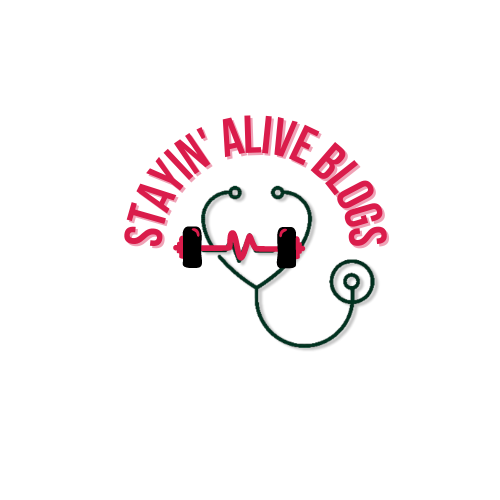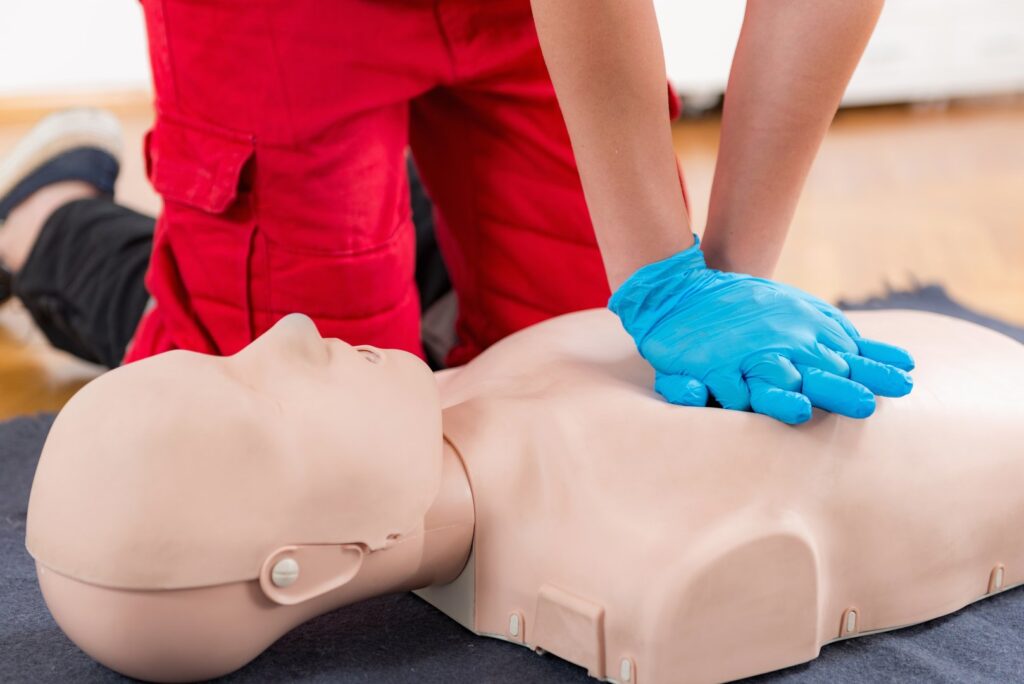CPR, or cardiopulmonary resuscitation, is a lifesaving technique that can help someone who whose heart has stopped beating and they have stopped breathing normally. CPR can double or triple the chances of survival for a person who suffers a cardiac arrest. However, many people are not confident or skilled enough to perform CPR effectively. In this blog, I will share some tips on how to improve your CPR skills and be prepared for an emergency situation. You will learn about the basics of CPR, the importance of breathing, the best surface to perform CPR on, and the optimal depth and rate of chest compressions.
1. Focus on the basics:
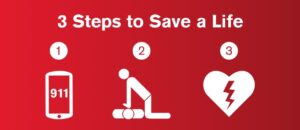
Most healthcare providers only take CPR training once a year and perform CPR on occasional basis. It is difficult to remember minute details, especially in a stressful situations like cardiac arrest. It is crucial to focus on few basic concepts when responding to someone who might be in a cardiac arrest.
When the victim is unconscious and you are unable to arouse them; immediately call 911 or ask someone else to dial 911 and bring an AED. Start CPR if the person who is unconscious has no pulse. Remember when someone has no pulse they are technically dead and you are keeping them alive by manually compressing their heart. Do no stop chest compressions unless it is absolutely necessary.
2. Delivering breaths are important but not necessary:
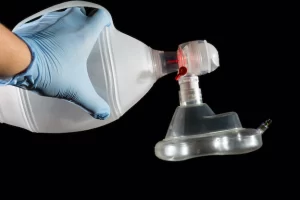
Even though breathing after every 30 compressions is important but it is not necessary. As most bystanders or even healthcare providers probably don’t carry a barrier device (for example: a pocket mask), It might not be safe to give mouth to mouth breaths to a stranger and most bystanders will hesitate to give mouth to mouth breaths. Keep in mind when you decide not to give breaths there is no need to stop compressions after every 30 compressions and you need to give continuous compressions without any pauses.
3. Do not perform CPR in bed:

Chest compressions are unlikely to be effective if performed in a residential style bed. Residential style mattresses are usually non-inflatable. When you perform CPR, the surface under the victim needs to be firm and should not move with your compressions. Because the firmness on the residential mattresses can not be adjusted, your chest compressions with get absorbed by the soft mattress and the heart will not compress adequately, which will ultimately lower the quality of your chest compressions.
Instead, bringing the victim to the floor by dragging them of the bed. Remember if they are unconscious you can not hurt them but protect the victims head when moving them to the floor and perform compression immediately after.
4. Depth and Rate:
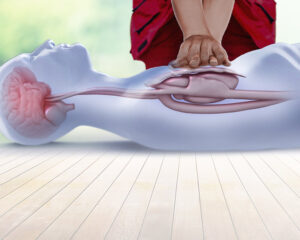
The depth of your chest compressions is very important to compress the heart enough to get blood flow out of it. However it is quite difficult to tell how deep you are going when you are actually performing compressions on a victim. Keep it simple and go as deep as you can. Most of us don’t go deep enough when performing compressions.
Chest compressions Rate is also equally important. When you go too slow the cardiac output (blood flow) will be lower. However, If you go too fast then you will not allow the heart to refill completely in-between your compressions which will lower the cardiac output as well. The compression rate needs to be between 100-120 beats/min. You need to know the tempo of chest compression rate or you can use metronome to guide you.
5. Turn on the AED:
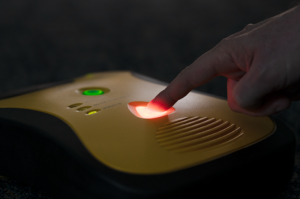
AEDs can be found in most public places now including outpatient medical and dental clinics. Where CPR may not actually fix the underlying issue, AED can actually shock the heart out of a faulty rhythm that maybe causing the heard to be in a cardiac arrest. AEDs come in different shapes and sizes and can intimidate bystanders. AEDs are automated means if you turn it on it will walk you though the steps on how to use it. All you have to do is follow the instructions on the AED. Remember, when you are applying the pads on victims chest you do not pause CPR and work around the compressor and only clear the victim when AED asks you to do so.
In conclusion, CPR is a vital skill that can save lives in an emergency. By following these tips, you can improve your CPR skills and be more confident and effective in performing CPR. Remember to focus on the basics, breathe when possible, avoid soft surfaces, and maintain the right depth and rate of chest compressions. You never know when you might need to use CPR, so it is always better to be prepared. I encourage you to take a CPR course or refresh your knowledge regularly. You can also practice CPR on a manikin or a pillow at home. By doing so, you can make a difference and help someone in need.
